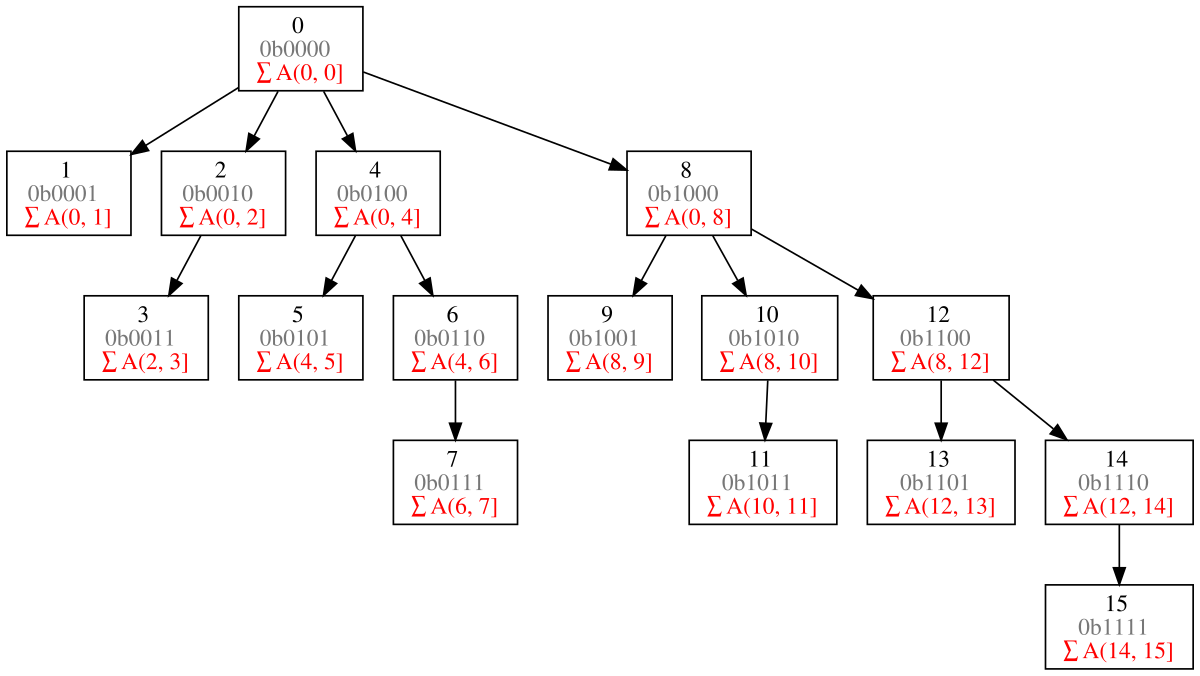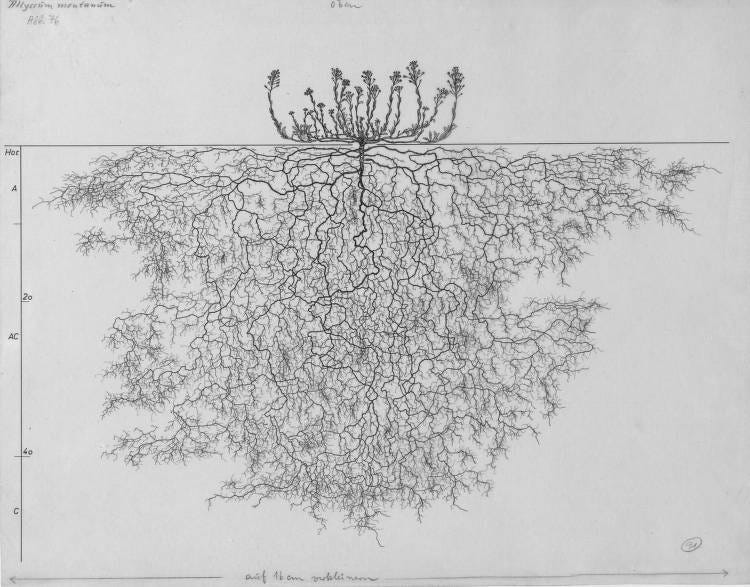
E. coli long-term evolution experiment
The E. coli long-term evolution experiment (LTEE) is an ongoing study in experimental evolution led by Richard Lenski that has been tracking genetic changes in 12 initially identical populations of asexual Escherichia coli bacteria since 24 February 1988.[2] The populations reached the milestone of 50,000 generations in February 2010[update].[3] Lenski performed the 10,000th transfer of the experiment on March 13, 2017.[4] The populations reached 73,500 generations in early 2020, shortly before being frozen because of the COVID-19 pandemic.[5][6]
Over the course of the experiment, Lenski and his colleagues have reported a wide array of phenotypic and genotypic changes in the evolving populations. These have included changes that have occurred in all 12 populations and others that have only appeared in one or a few populations. For example, all 12 populations showed a similar pattern of rapid improvement in fitness that decelerated over time, faster growth rates, and increased cell size. Half of the populations have evolved defects in DNA repair that have caused mutator phenotypes marked by elevated mutation rates. The most striking adaptation reported so far is the evolution of aerobic growth on citrate, which is unusual in E. coli, in one population at some point between generations 31,000 and 31,500.[7][8]
Lenski took the decision to pause the experiment on 9 March 2020 when his lab temporarily closed as a precaution against the spread of COVID19. All of the long-term lines have been placed into ultra-low-temperature storage until such time as they can be defrosted for the experiment to continue.[9]










/cdn.vox-cdn.com/uploads/chorus_asset/file/25416391/STK473_NET_NEUTRALITY_CVIRGINIA_C.jpg)





/cdn.vox-cdn.com/uploads/chorus_asset/file/25415669/1238020424.jpg)




